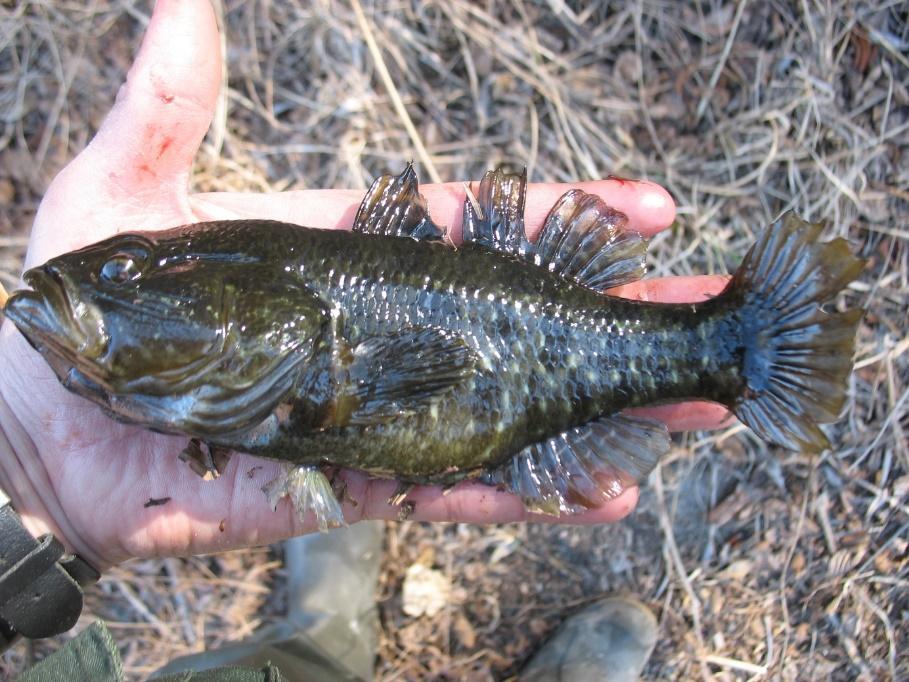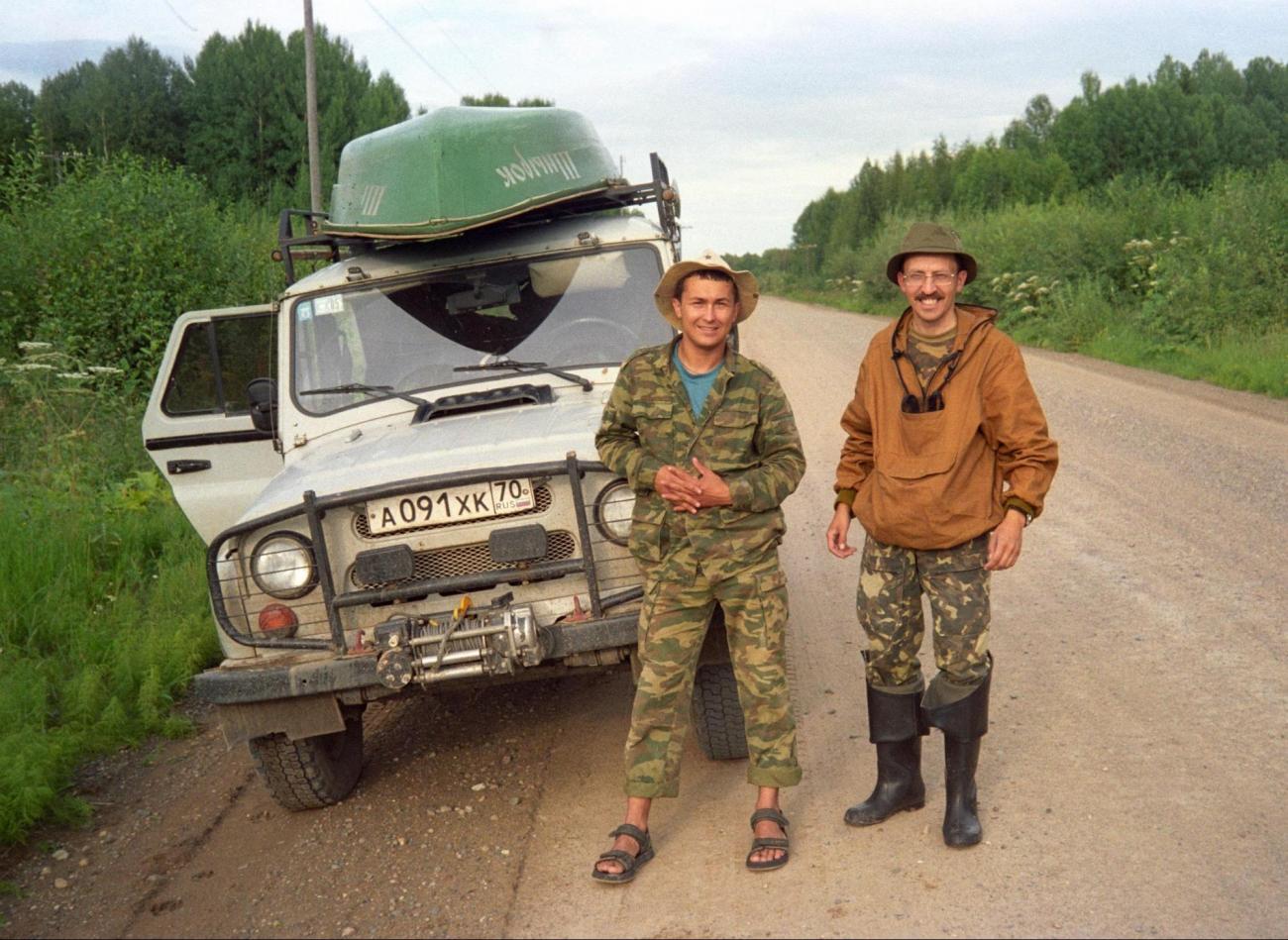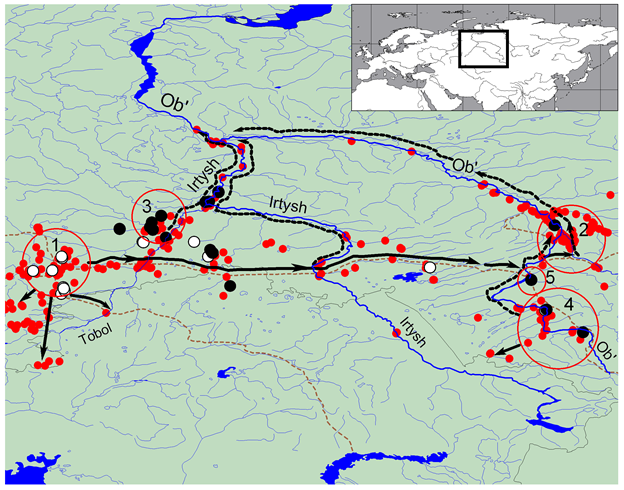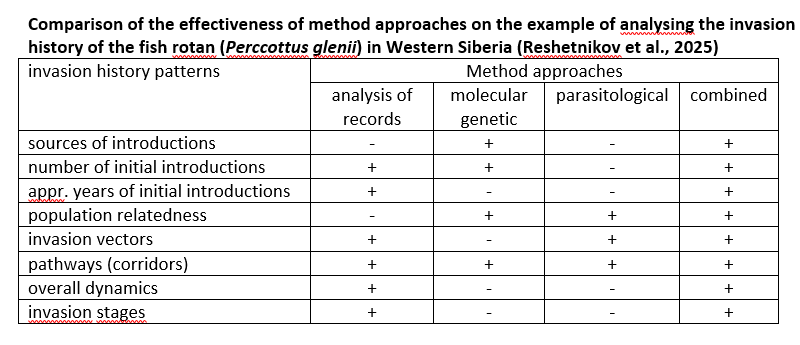
The fish rotan (=Amur sleeper, = Chinese sleeper) Perccottus glenii (Odontobutidae) is one of the most successful invaders in freshwater environments, damaging native ecosystems. Its invaded range has covered over 100 longitudinal degrees in northern Eurasia since 1916. This fish appeared in Western Siberia more than 50 years ago and is now recorded in many water bodies of this vast region.
Scientists from the A.N. Severtsov Ecology & Evolution Institute of the Russian Academy of Sciences (IPEE RAS), together with colleagues from other scientific institutions, conducted several expeditions to the regions of Western Siberia to collect data on the current distribution and ecology of the fish rotan.

Scientists have ‘decoded’ the details of the half-century invasion history of rotan in Western Siberia. At least five independent initial introductions of the rotan were identified, which gave rise to centres of secondary dispersal: Chelyabinsk, Tomsk, Tyumen’, Upper Ob’-1, and Upper Ob’-2. The Chelyabinsk and Tomsk centres appeared first (in the 1970s), the other centres became known later, at the turn of the XX-XXI centuries. Three stages of invasion of Western Siberia by the rotan can be distinguished. At the first stage, its spreading was along the trans-Siberian highway P-254, which was probably facilitated by irresponsible behaviour of fishermen using rotan as a live bait, as well as by the transportations of commercial fish species (unsorted stocking material) between fish farms. At the second stage, the rotan penetrated into floodplains and began to spread rapidly downstream of large Siberian rivers (Tobol, Irtysh, Tom, Ob’), expanding its range, year by year, in a northerly direction, and has already reached Khanty-Mansiysk at the confluence of the Irtysh and Ob’. At present, the third stage is observed: the rotan is slowly but steadily expanding its range, penetrating into tributaries of large rivers and water bodies of interfluves. The rotan reaches the greatest number in shallow ponds and lakes, as well as in shallow warmed river oxbows, the number of which is incalculable in the expanses of Western Siberia.

Results were obtained using a combination of different methods:
1. Spatio-temporal analysis of the georeferenced records;
2. Molecular genetic analysis;
3. Parasitological analysis to determine the invasion vectors and to trace the dispersal pathways of the host fish.
The paper discusses in detail the advantages, disadvantages and limitations of different methods to study the invasion history. As a result, the study has convincingly demonstrated the advantage of a combined approach with the simultaneous use of different methods aimed at reconstructing the invasion history of the studied alien species.

The results of the study are published in the international journal Biological Invasions (Q1, IF 2.8):
Reshetnikov A.N., Interesova E.A., Borovikova E.A., 2025. Using a combined approach to analyse the invasion history of the fish rotan, widespread in northern Eurasia. Biological Invasions 27(2), article number 84, pp. 1-19. https://doi.org/10.1007/s10530-025-03550-3 The pdf is available for free due to courtesy of Springer Nature Content Sharing Initiative: https://rdcu.be/d9Fjv
